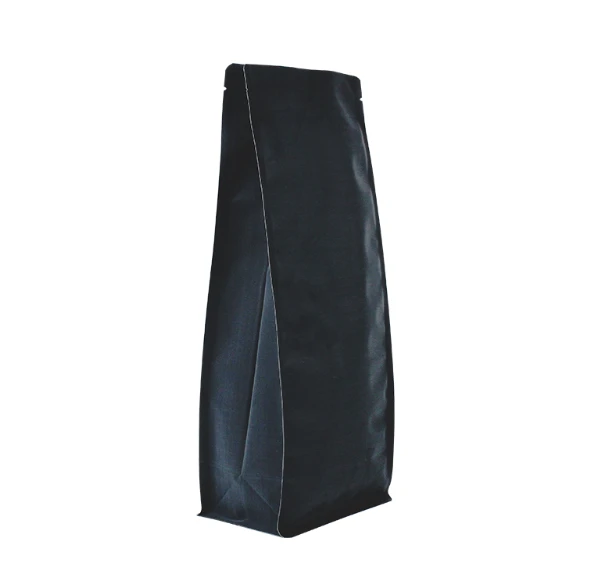- Afrikaans
- Albanian
- Amharic
- Arabic
- Armenian
- Azerbaijani
- Basque
- Belarusian
- Bengali
- Bosnian
- Bulgarian
- Catalan
- Cebuano
- chinese_simplified
- chinese_traditional
- Corsican
- Croatian
- Czech
- Danish
- Dutch
- English
- Esperanto
- Estonian
- Finnish
- French
- Frisian
- Galician
- Georgian
- German
- Greek
- Gujarati
- haitian_creole
- hausa
- hawaiian
- Hebrew
- Hindi
- Miao
- Hungarian
- Icelandic
- igbo
- Indonesian
- irish
- Italian
- Japanese
- Javanese
- Kannada
- kazakh
- Khmer
- Rwandese
- Korean
- Kurdish
- Kyrgyz
- Lao
- Latin
- Latvian
- Lithuanian
- Luxembourgish
- Macedonian
- Malgashi
- Malay
- Malayalam
- Maltese
- Maori
- Marathi
- Mongolian
- Myanmar
- Nepali
- Norwegian
- Norwegian
- Occitan
- Pashto
- Persian
- Polish
- Portuguese
- Punjabi
- Romanian
- Russian
- Samoan
- scottish-gaelic
- Serbian
- Sesotho
- Shona
- Sindhi
- Sinhala
- Slovak
- Slovenian
- Somali
- Spanish
- Sundanese
- Swahili
- Swedish
- Tagalog
- Tajik
- Tamil
- Tatar
- Telugu
- Thai
- Turkish
- Turkmen
- Ukrainian
- Urdu
- Uighur
- Uzbek
- Vietnamese
- Welsh
- Bantu
- Yiddish
- Yoruba
- Zulu
Methods for Assessing and Quantifying Dimensional Measurements in Production
Measuring Dimensions The Importance of Order in Accuracy and Precision
In the realms of engineering, architecture, and manufacturing, the act of measuring dimensions stands as a cornerstone of design and production. Accurate measurements are essential for ensuring that components fit together seamlessly, products perform as intended, and structural integrity is maintained. However, the process of measuring dimensions involves more than just taking numbers; it requires a systematic approach to ensure that accuracy and precision are preserved throughout. This is where the concept of order within measuring dimensions becomes crucial.
The Basics of Measuring Dimensions
At its core, measuring dimensions involves quantifying the characteristics of an object, which typically includes length, width, height, depth, and sometimes, more complex parameters such as volume and area. The tools used for measuring may range from simple rulers and calipers to sophisticated laser measuring devices and coordinate measuring machines (CMMs). Each of these tools has its own set of strengths and limitations, which can affect the accuracy of the measurements taken.
The Role of Order in Measurement
Order plays a vital role in the measuring process. When measurements are taken in a specific order, it minimizes the chances of errors due to inconsistencies and ensures that each dimension is accounted for systematically. For instance, when measuring a rectangular object, starting with the length, followed by the width and then the height, helps to develop a clear spatial understanding of the item. If one were to take these measurements in a random order, it could lead to confusion and misinterpretation, which might compromise the integrity of the final product.
Moreover, following a defined order helps in calibrating the measuring instruments accurately. Regular calibration ensures that any wear and tear on the tools are accounted for and that they are providing reliable readings. By consistently measuring in the same sequence, operators can identify any anomalies more readily, facilitating quicker adjustments and enhancing the overall reliability of the process.
measuring dimensions order

The Importance of Precision
Precision is another critical aspect that ties closely with the concept of order in measuring dimensions. In environments where even the tiniest discrepancies can lead to significant consequences — such as in aerospace engineering or medical device manufacturing — precision cannot be underestimated. Maintaining a consistent measurement process, with specific protocols in place, significantly enhances the repeatability of measurements.
For example, in a manufacturing setting, if a dimension measurement is taken first at one stage of the production process and later at another stage without adherence to order, variations may emerge that impact the final assembly. These deviations can lead to increased costs, delays, and even safety hazards. Thus, a systematic approach that emphasizes the order in which measurements are taken is essential for maintaining precision.
Workflow Integration
To further enhance the effectiveness of measuring dimensions through order, integrating these processes into a broader workflow management system can prove invaluable. Software solutions that track dimensions and measurements throughout the production cycle can help facilitate this. By automating the recording of measurements in the prescribed order, the likelihood of human error diminishes, and the overall workflow becomes more efficient.
Conclusion
In conclusion, measuring dimensions is not merely about taking measurements; it encompasses a thoughtful process defined by order, precision, and accuracy. By adhering to a systematic approach in the order of measurements, industries can enhance the reliability of their products and ensure that components fit together seamlessly. As technology continues to evolve, the importance of maintaining measurement order — and the precision that comes with it — will undoubtedly play an even more pivotal role in achieving excellence in engineering, manufacturing, and beyond. Ultimately, in a world where every millimeter counts, measuring dimensions with an emphasis on order is not just a best practice; it is an essential principle for success.













